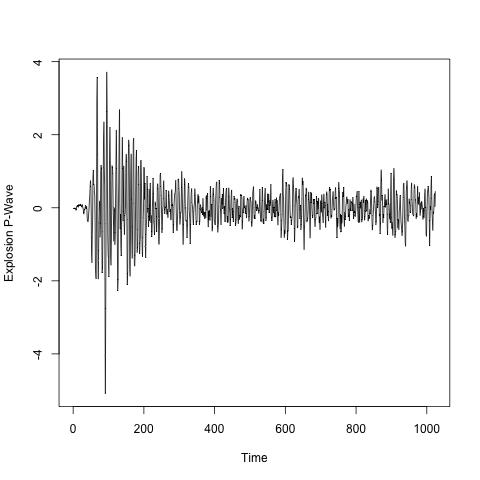Strict Stationarity
Strict stationarity is the strongest form of stationarity. It means that the joint statistical distribution of any collection of the time series variates never depends on time. So, the mean, variance and any moment of any variate is the same whichever variate you choose. The formal mathematical definition of strictly stationary series can be found on the Wiki page. However, for day to day use strict stationarity is too strict. Hence, the following weaker definition is often used instead.
Stationarity of order 2
For everyday use we often consider time series that have:
• a constant mean
• a constant variance
• an autocovariance that does not depend on time.
Such time series are known as second-order stationary or stationary of order 2.
From now on, whenever we mention stationarity, we mean second-order stationarity.
Note: it is possible to consider a weaker form of stationarity still: a series that is first-order stationary which means that the mean is a constant function of time. Economists are keen on this kind of stationarity, particularly in how to combine time series with time-varying means to obtain one which is first-order stationary (for example). This latter concept is known as cointegration. Tests, continued>
|

